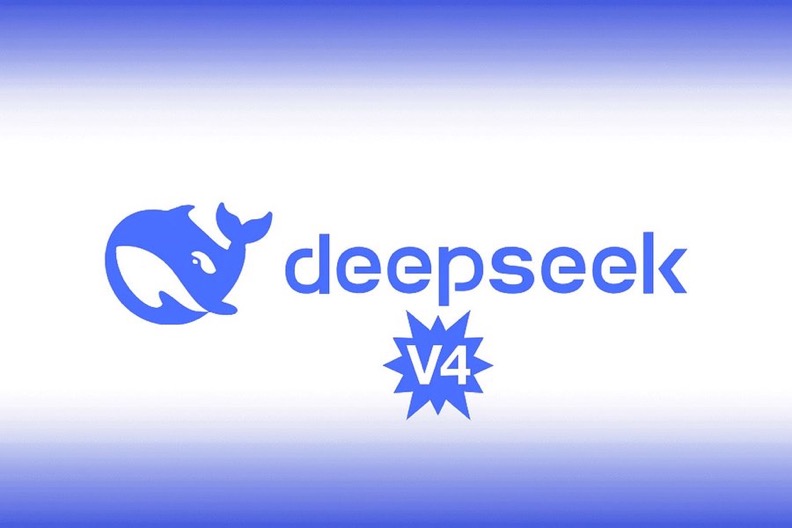The Ultimate Guide to Building an AI PC if you Have your Head in the Sand

Is it me, or do you feel all isolated when you bring up the subject of AI? It’s the topic that feels too new, too technical, or just too overwhelming to bring up unless you’re a serious programmer. If you’ve been burying your head in the sand because of AI, you’re not alone. But here’s the good news: you don’t need to be an expert to use AI on your own Mac or PC. I figured out the secret–you just need the right hardware.
In this guide, I’m sharing my secrets for building or buying an AI PC. This PC will be able to run DeepSeek for Windows—a user-friendly AI chatbot that lets you run the smartest AI on your private computer. I’ll tell you three things to keep in mind when choosing your PC. By the end, you’ll know exactly how to get started.
Why You Need an AI PC (and What That Even Means)
Let’s start with the basics: an AI PC isn’t just any ole computer. It’s a machine that’s purpose-built to handle the demands of artificial intelligence, including handling very large collections of PDF documents, teaching an AI to do smart things by showing it lots of data, (training an AI), or doing complicated math. Unlike your everyday PC, an AI PC is very similar to a gaming PC, which needs specific hardware to do what it does.
Here’s a trap: lots of people try running AI on their computers, only to find they’re stuck with the weakest models—or worse, constant crashes. A lot of PCs simply don’t have the muscle to power a smart AI. That’s why understanding the right setup is pretty important, no matter whether you’re building from scratch or just buying a pre-built gaming PC. What makes an AI PC work?
CPU vs. GPU
First revelation: not all AI PCs are controlled the same way. The difference between CPU and GPU is really at the core of the setup you’re trying to build.
CPU (Central Processing Unit)
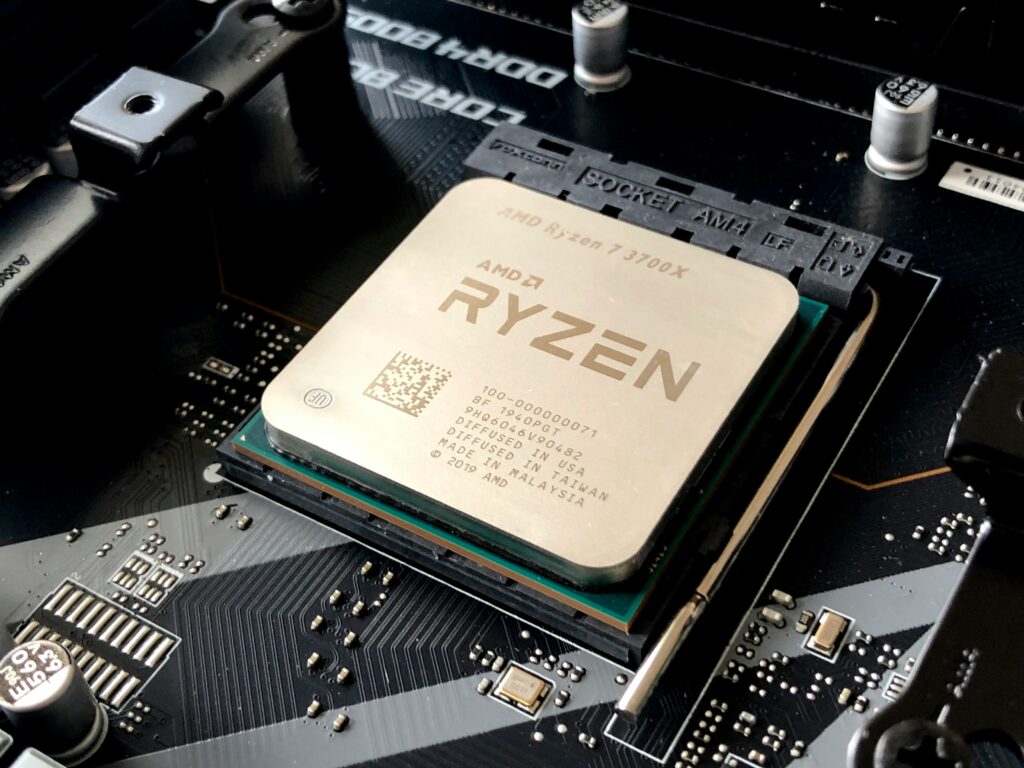
This is, of course, your PC’s brain, which is good at sequential tasks like running your operating system or browsing the web. For AI, a multi-core CPU helps, but it’s just not built for the kind of massive parallelism that AI needs. It processes tasks one at a time, more or less, so it’s going to be slow for an AI.
GPU (Graphics Processing Unit)
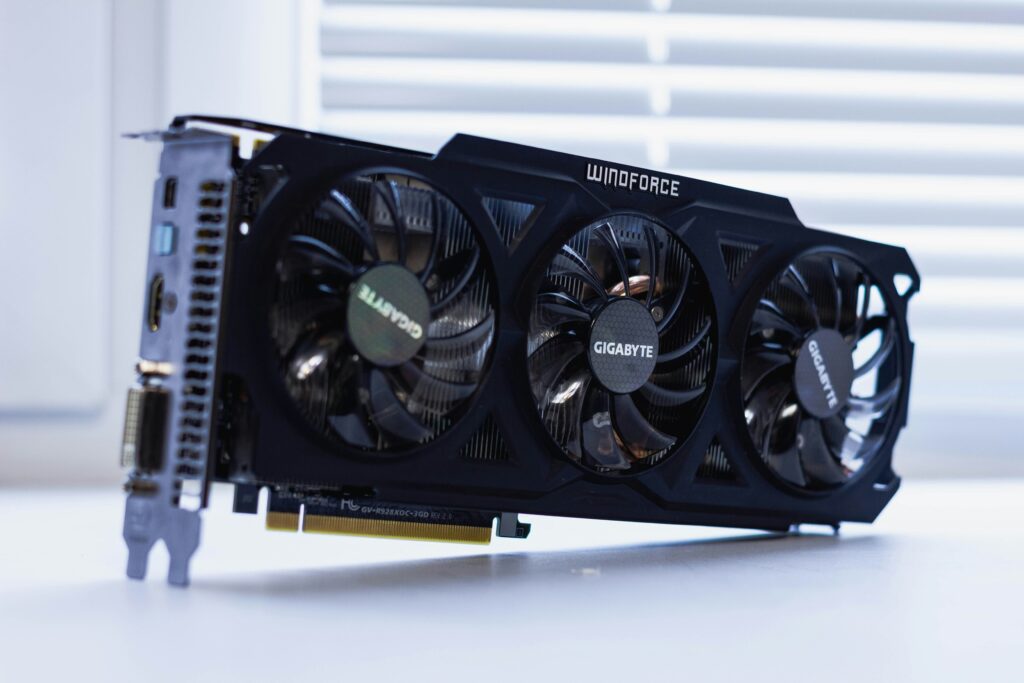
Originally built for rendering game graphics, GPUs have highly specialized processors that are built for stuff like rendering 3D graphics and doing matrix algebra, which is what AI really is at its core. They can handle thousands of calculations at the same time which makes them perfect for an AI to do all those matrix calculations. What would take hours for a CPU can be done in WAY less time on a GPU.
If you remember anything, remember this: if you’re building or buying an AI PC, make sure to get the biggest and best GPU you can afford. The more memory it has, the better it will perform in terms of speed of output and strength of its smarts. A GPU with lots of memory (at least 24GB) will make all the difference, trust me. The CPU is still important, but the GPU makes a much bigger difference in how you experience a smart AI like DeepSeek.
Memory
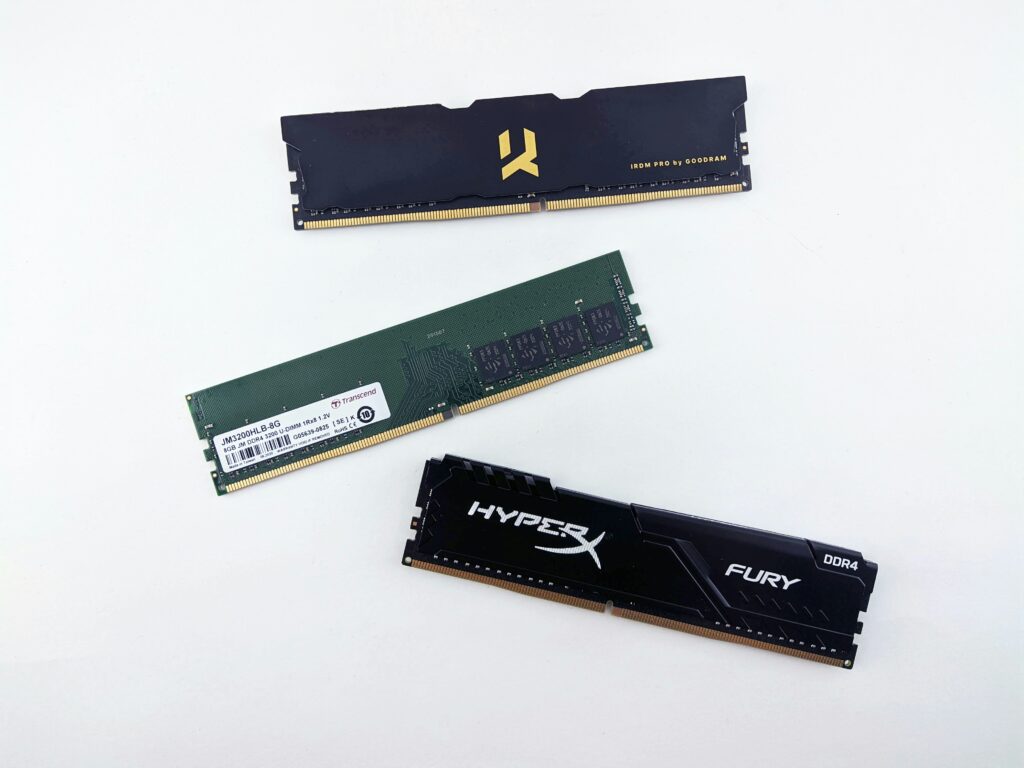
Second revelation: for AI, memory is more important than processing speed—way more. This is different from gaming, which needs speed much more than massive amounts of memory. AI thrives on having enough memory to store and process documents and your questions and answers.
There are two key types of memory in a PC (or laptop—which I forgot to mention earlier):
- System RAM: This is your PC’s working memory. More RAM lets you work with bigger datasets and complex models without slowdowns. 32GB, in my opinion, is the absolute minimum amount of RAM you want in your AI PC. If you can afford to max out your RAM, do it. You’ll appreciate it.
- GPU VRAM: This is the memory on your GPU, and only the GPU. GPU memory isn’t shared with CPU memory. Well, not on Windows PCs. That’s only on Apple Silicon right now. But, since AI is built to run on the GPU, VRAM is what you want. With too little, you’ll hit a wall—models won’t load, or your system will crash. Aim for the maximum you can afford. On a Windows PC, unlike an Apple Silicon PC, you’re limited to about 24-32GB of VRAM on a single GPU. You could add multiple GPUs to your PC, up to four last I checked, but it can get very expensive. Not only is each GPU costly, but you’ll also need to add more electrical power just to get them to work. Adding electrical power to a PC could require you to buy a higher-wattage power supply, or an entirely new computer.
For DeepSeek for Windows and similar apps, having a lot of memory means you can run the AI at its smartest. AIs love memory. The more it has the smarter, faster, and more capable it is.
Building vs. Buying an AI PC
Third revelation: you’ve got two paths to an AI PC, each with a trade-off—smarter and slower vs. unremarkable and faster.
Building Your Own AI PC
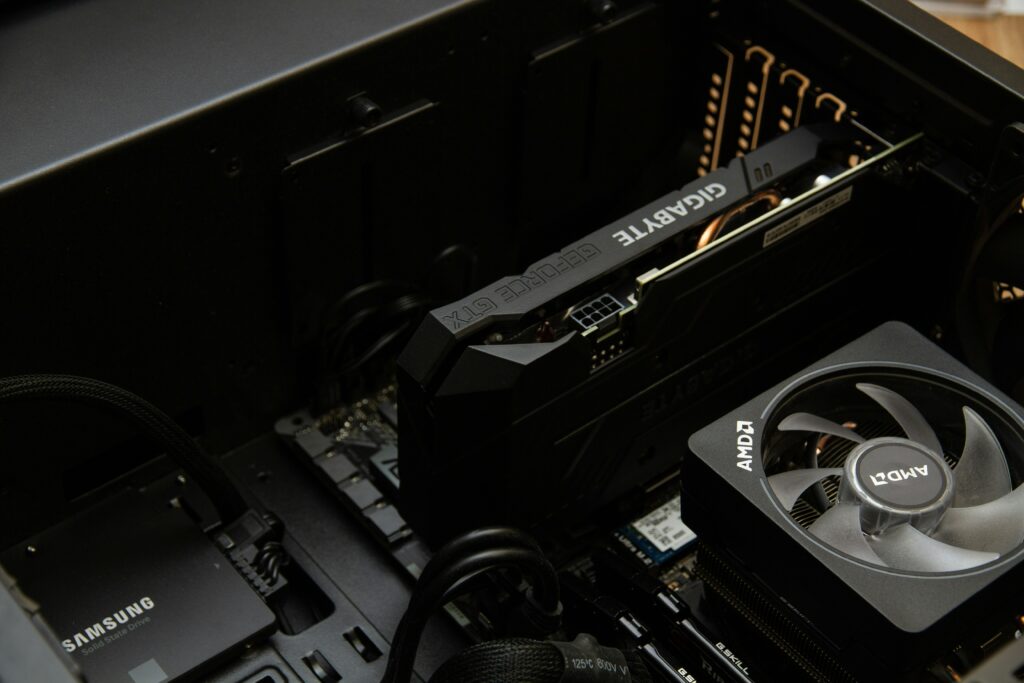
Pros:
- Customization: You can pick any GPU available, and upgrade individual parts if you need, say, more RAM.
- Cost–Effective: You can save a lot of money by buying a lesser known brand or choosing to trade performance for value.
- Hands-On Fun: It’s lots of fun to learn how your PC works as you build it.
Cons:
- Time Sink: Research and assembly take effort. Plus, everything changes so fast that a lot of what you learn will be out of date in another year.
- Tech Skills Needed: Some of these PC parts don’t work together as well as the manufacturer would like you to think. Unless you’re comfortable installing hardware drivers, you’re going to learn some patience.
- Support: Getting support from multiple manufacturers can be a challenge. You’ll have to know a bit about what’s wrong, so you know which of the several manufacturers to reach out to.
Buying a Pre-Built AI PC
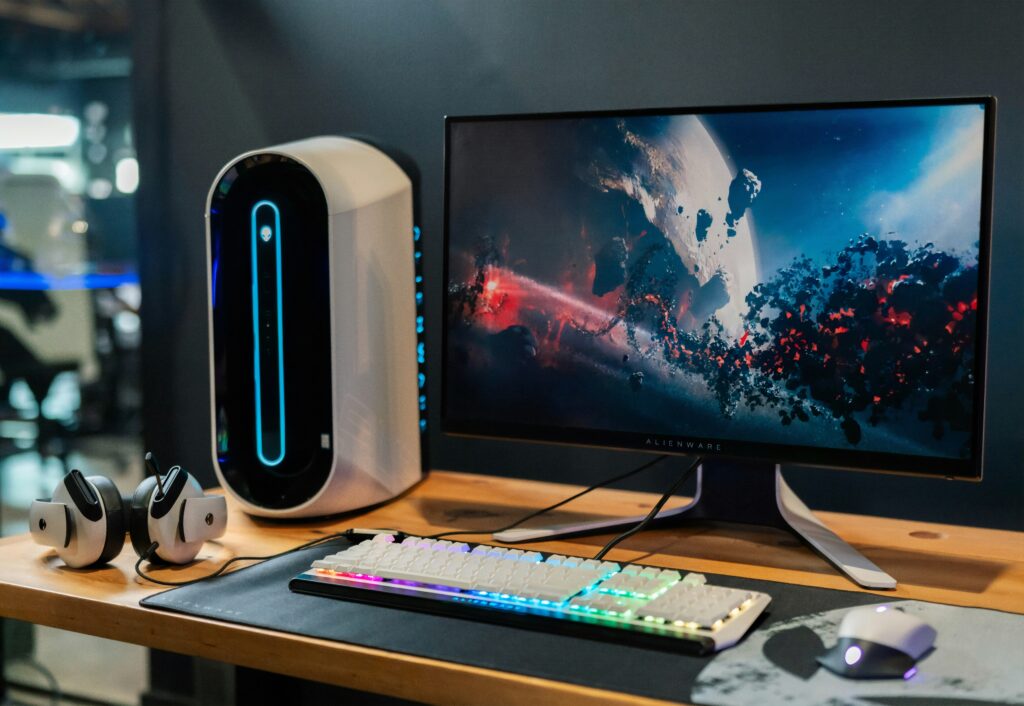
Pros:
- Plug and Play: Unbox your new AI PC, put it on a desk and plug everything in. Not much more to it than that.
- Support: If something goes wrong you have a single point of contact, with a single manufacturer. The manufacturer’s support can help you track down an issue without you having to learn everything about your PC first.
- Balanced Builds: A PC that is purpose-built for AI will have the parts and drivers that will give you the best possible experience using AI.
Cons:
- Pricey: A pre-built AI PC can get expensive because you’re not paying for individual parts, but the whole. The manufacturer has tested everything to make sure it all works together, and they will charge you extra for the convenience.
- Limited Options: Unlike the custom-built PC, you may not have access to all the options you want. Manufacturers assemble PCs to give you value at a price you will pay. Sometimes that means that some stuff you want is only available at a higher price point, or just not available at all.
- Unnecessary add-ons: Don’t even get me started on bloatware. You’ve probably already got Microsoft Office or some other set of applications you use. But, a new pre-built PC will still come with a trial version of Office, and some third-rate game you’re never going to play.
The trade-off? A “smarter and slower” build prioritizes CPU memory for GPU power—which, while not perfect for AI, can get you a smart AI that’s kind of slow to answer your questions. An “unremarkable and faster” setup leans on GPU speed. This is great if what’s important to you is an AI that’s smart enough to get the job done, and fast enough to get it done productively. For the DeepSeek app, to go smarter—CPU memory matters most. But again, if you can afford it, get a GPU with lots of memory, or even multiple GPUs if your budget allows.
Optimizing Your AI PC for the DeepSeek App
Meet the DeepSeek app: an offline AI chatbot for Mac and Windows that’s as easy to use as installing a game. It turns your high-performance PC into a personal (and private) AI—no cloud, no subscriptions, just raw smarts that is all yours.
To run it smoothly, aim for:
- GPU: Nvidia with 24GB+ VRAM (e.g., Nvidia RTX 4090, or AMD RX 7900XT).
- RAM: 32GB minimum. 64GB or more for best performance.
- Storage: You’ll definitely want an SSD so you can load a huge AI model quickly.
With this setup, DeepSeek for Windows transforms your PC into a state-of-the-art ChatGPT replacement.
Common Mistakes to Avoid
- Weak, low memory GPU: A low-end GPU will have trouble with DeepSeek for Windows.
- Low CPU Memory: If you have a weaker GPU you certainly want to have a lot more CPU RAM. Too little of either kind of memory and you won’t have enough a smart AI like DeepSeek.
- Poor Cooling: AI is so demanding on a PC that needs constant cooling. This isn’t a problem on pre-built PCs, but custom built ones need to take special care not to overlook a proper cooling system. Overheating is the enemy of high-performance PCs.
- Locked Systems: You don’t want to be locked into the present. Make sure you can upgrade your computer for the future.
Though I’m a wannabe tech guru, you don’t need to be one have ChatGPT level AI on your own Windows PC. By
- understanding the difference between CPU vs. GPU memory,
- prioritizing memory over speed, and
- choosing between a smarter or faster setup, you’re ready to build or buy an AI PC that delights you.
DeepSeek for Windows makes it even easier by letting you have ChatGPT privately, without censorship or loss of privacy.
Ready to climb out of the sand and dive into the ocean? Download DeepSeek for Windows today.


